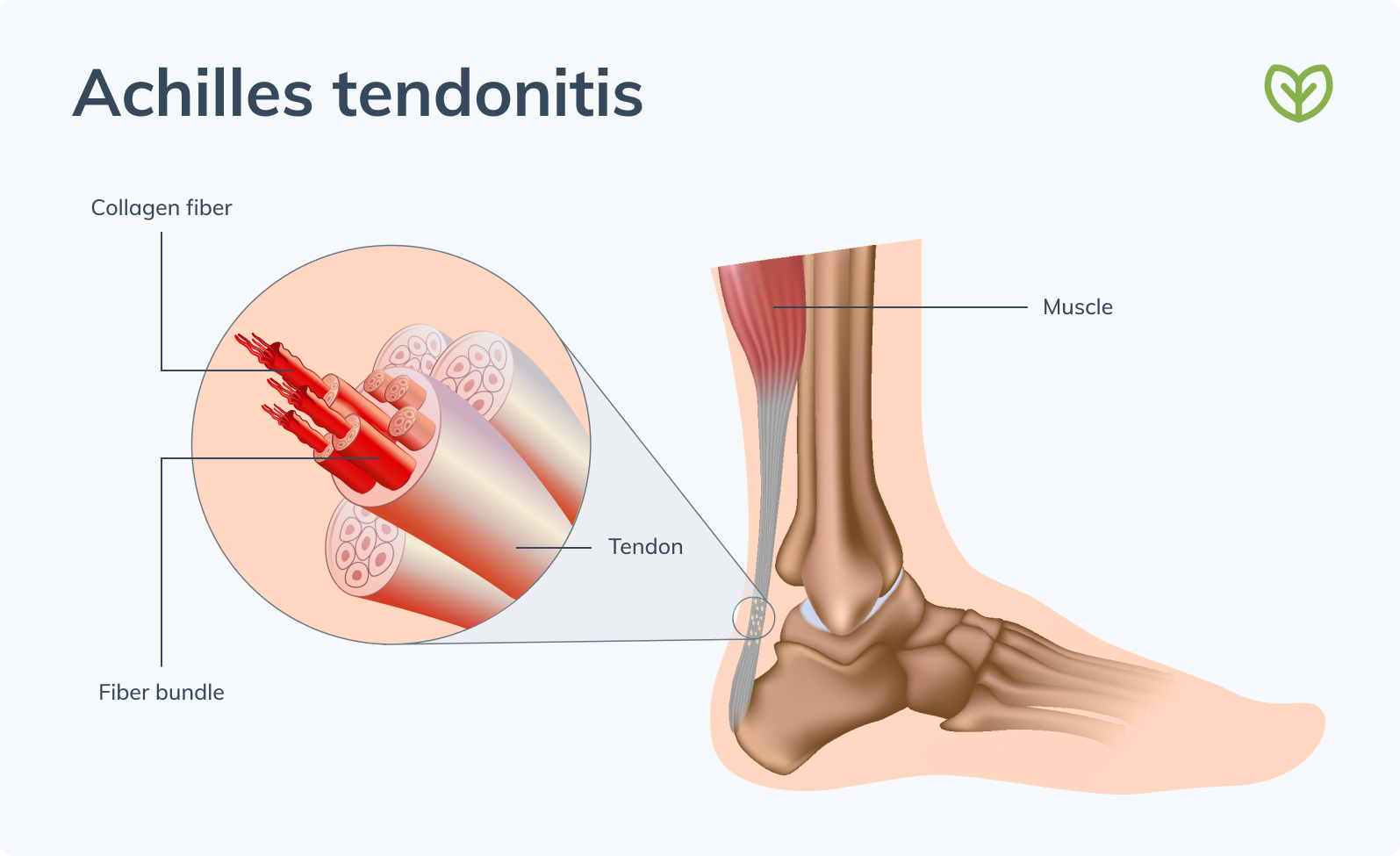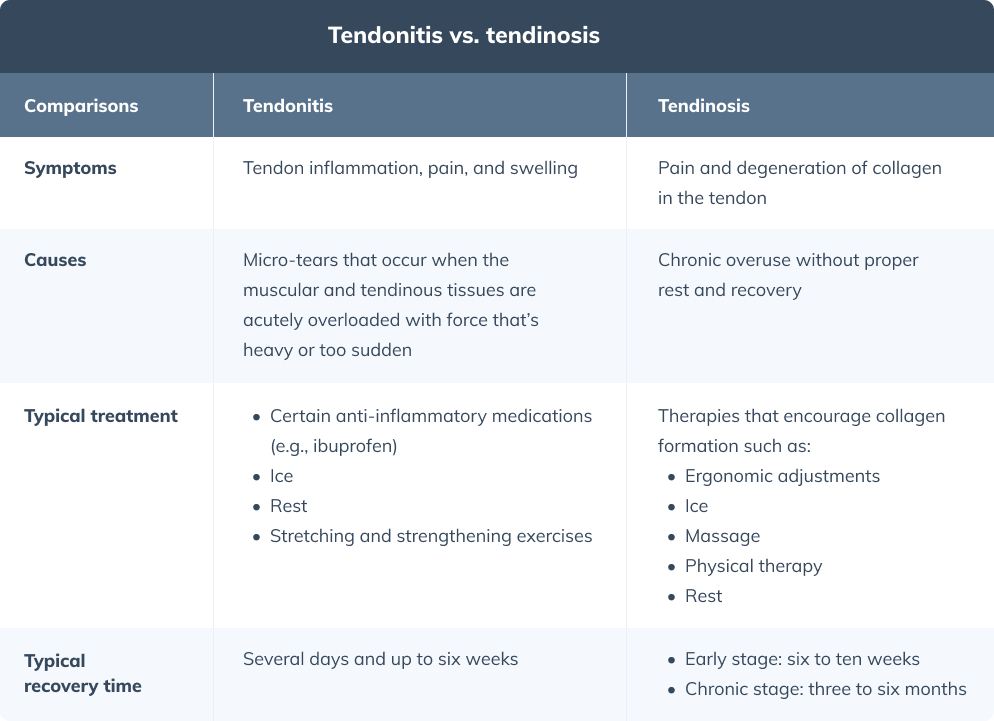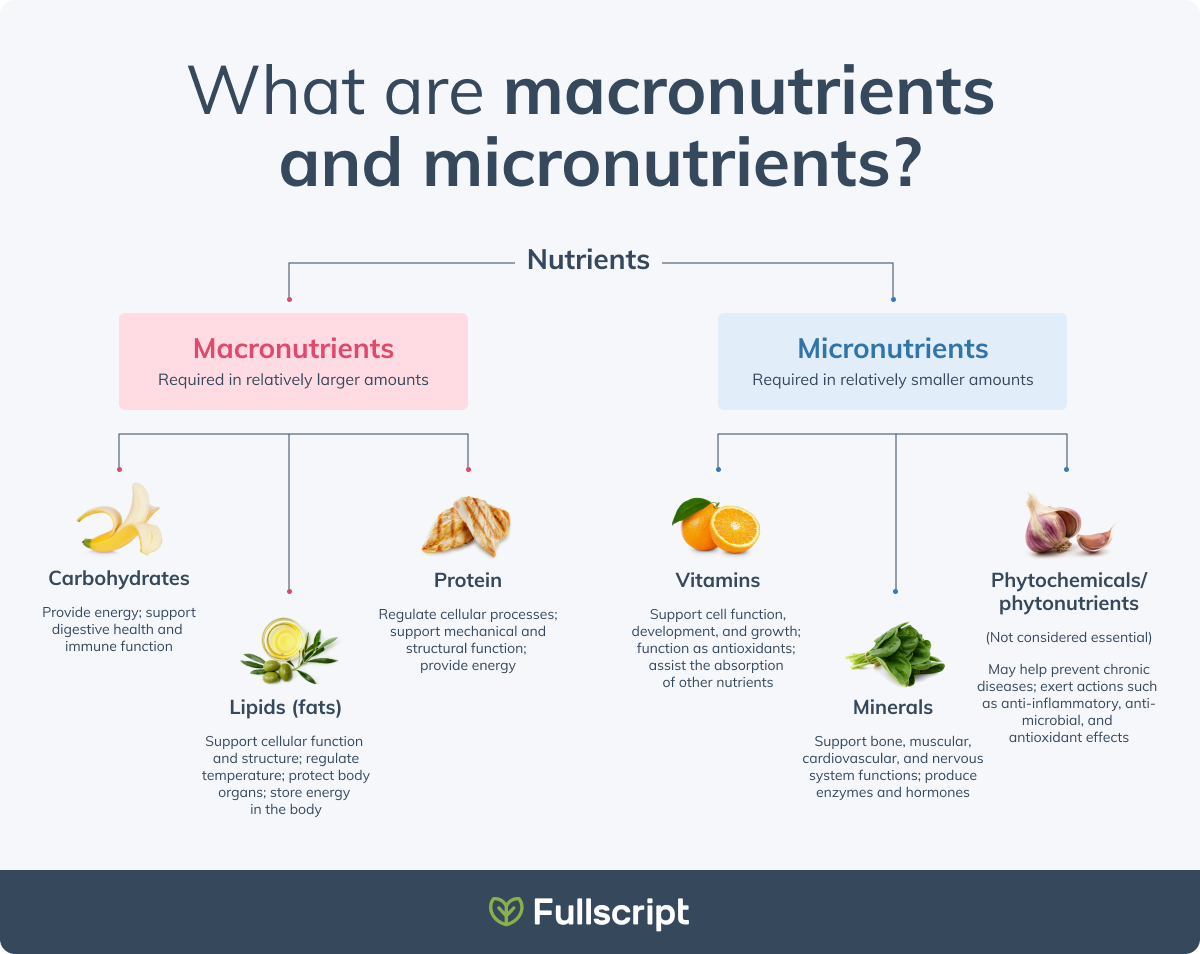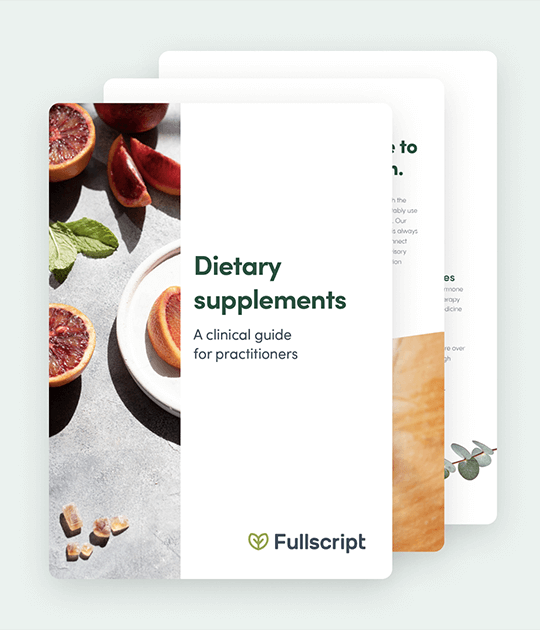What is tendonitis?
Tendonitis, also spelled tendinitis, is a type of tendon pain. Tendonitis is characterized by swelling and inflammation of the tendon. (8) Tendons, a type of connective tissue that connect muscles to bones, are composed of densely packed collagen fibers with an extracellular matrix (ECM). They are found in several areas of the body including the elbows, wrists, knees, shoulders, and heels (e.g., achilles tendon). (8)
Achilles tendonitis is a type of tendonitis that occurs in the achilles tendon, a band of tissue that connects the calf muscles to the heel bone. (8)
- Localized tendon pain
- Tendon swelling
- Warmth
How to treat tendonitis
Tendonitis treatment recommendations should be offered by a qualified healthcare provider and will differ depending on the type of tendon injury diagnosis that’s received. Integrative and natural remedies for tendonitis inflammation and pain may include:- Applying compression to the injury site
- Applying ice packs for sudden, serious injuries
- Elevating and resting the affected area
- Reducing activity levels to prevent further injury
- Stretching and strengthening exercises
- Taking certain medicines (e.g., pain relievers, anti-inflammatory medications) to help reduce pain and swelling
- Using a splint, elastic bandage, or brace (8)
- Tissue inflammation
- Cell proliferation
- ECM remodeling (9)
Tendonitis vs. tendinosis treatment
Tendinopathy is an umbrella term that’s used to describe several tendon disorders such as tendonitis and tendinosis. Although the terms tendonitis and tendinosis sound alike, they differ in several ways. Unlike tendonitis, tendinosis is a non-inflammatory condition, involves degenerative changes to the collagen molecules of the tendon, often results from repeat strain injuries, and usually takes longer to heal than tendonitis. (1) The treatment recommendations for these two conditions may also differ. The following table outlines these differences in more detail.
This table outlines differences between tendonitis and tendinosis. (1)(8)

Tendonitis (inflammation) and tendinosis (degeneration) are distinct tendon injuries with different symptoms and effective treatment methods that may overlap. (1)
Factors that influence tendon health
Several different risk factors including activity level (e.g., overuse) can affect the health of our musculoskeletal system including the tendons. Aging, nutrition, and genetics may also influence tendon health, specifically tendon degeneration. Tendinosis (tendon degeneration) is thought to precede tendonitis. (1)1. Aging
As we age, our tendons may become more prone to injury as a result of tendon degeneration. (9) When there’s an imbalance between ECM decomposition and synthesis, the ECM may fail to adapt. This process of degeneration can be caused by different stressors including repetitive movements and mechanical loading over time. There are three main hypotheses that seek to explain tendon degeneration:- Mechanical overuse and repetitive motions
- Less vascularisation (i.e., micro damages from injury may negatively affect blood supply that help a tendon heal)
- Aging (3)(9)
2. Nutrition and supplements
Diet contributes to the health of all body tissues, and optimal nutrition may be helpful for preventing and addressing a tendon injury. (5) Consuming enough water, macronutrients, and micronutrients is necessary to maintain healthy body tissue:- Macronutrients include proteins, lipids, and carbohydrates
- Micronutrients mainly include vitamins and minerals (5)

Macronutrients and micronutrients are necessary for maintaining healthy body tissue.
- Curcumin
- Boswellic acid
- Bromelain
- Hydrolyzed collagen (type 1)
- L-arginine
- Methylsulfonylmethane (MSM)
- Vitamin C
- Vitamin D (4)(5)
3. Genetics
Certain genetic connective tissue disorders that affect bone, skin, muscle, tendons, or ligaments such as Ehlers-Danlos and Osteogenesis Imperfecta may be associated with tendon disorders. (6)(7) However, genetic diseases are not directly associated with tendon injuries. (9) Did you know? Certain conditions, such as gout, a type of arthritis that typically occurs in the lower limbs, may be associated with tendon disorders. (5)Can tendon pain be prevented?
The following methods may help prevent tendonitis:- Avoid sitting for long periods and maintain good posture.
- Begin slowly when trying a new physical activity.
- Consider using gloves or other padding to increase the grip on tools or instruments (e.g., golf clubs, tennis racket).
- Cushion the affected joints (e.g., elbow pads, foam for kneeling).
- Do a warm-up and stretch before exercise.
- Do not participate in activities that cause pain.
- Practice strengthening exercises for the joints and surrounding muscles.
- Take breaks from repetitive activities.
- Use two hands to hit a backhand in racket sports or when using heavy tools. (8)
Did you know? Sports that involve repetitive motions can lead to tendonitis. Tennis elbow and golfer’s elbow are two examples of tendonitis. (8)
The bottom line
Tendonitis is characterized by swelling and inflammation of the tendon accompanied by pain that occurs at the site of the affected tendon. Tendon injuries including tendonitis are common, and luckily there are methods to help you fully or partially recover from them and reduce pain. Tendonitis recovery methods may include applying compression, elevating the injury site, rest, ice (to reduce inflammation), massage, or stretching and strengthening exercises to promote the healing process. Aging, nutrition, and genetics may also play a part in tendon health. Always speak with a qualified healthcare professional about your tendon injury symptoms to ensure that you receive an appropriate diagnosis and recovery plan and to determine if surgery or other treatments may be necessary.- Bass, LMT, E. (2012). Tendinopathy: Why the difference between tendinitis and tendinosis matters. International Journal of Therapeutic Massage & Bodywork: Research, Education, & Practice, 5(1), 14–17.
- DePhillipo, N. N., Aman, Z. S., Kennedy, M. I., Begley, J., Moatshe, G., & LaPrade, R. F. (2018). Efficacy of vitamin c supplementation on collagen synthesis and oxidative stress after musculoskeletal injuries: A systematic review. Orthopaedic Journal of Sports Medicine, 6(10).
- Fenwick, S. A., Hazleman, B. L., & Riley, G. P. (2002). The vasculature and its role in the damaged and healing tendon. Arthritis Research, 4(4), 252–260.
- Fusini, F. (2016). Nutraceutical supplement in the management of tendinopathies: A systematic review. Muscles, Ligaments and Tendons Journal, 48–57.
- Loiacono, C., Palermi, S., Massa, B., Belviso, I., Romano, V., di Gregorio, A., Sirico, F., & Sacco, A. M. (2019). Tendinopathy: Pathophysiology, therapeutic options, and role of Nutraceutics. A narrative literature review. Medicina, 55(8), 447.
- Puvanesarajah, V., & Sponseller, P. D. (2014). Muscle, tendon and ligament in osteogenesis imperfecta. Osteogenesis Imperfecta, 349–352.
- Shirley, E. D., DeMaio, M., & Bodurtha, J. (2012). Ehlers-Danlos syndrome in orthopaedics. Sports Health: A Multidisciplinary Approach, 4(5), 394–403.
- Tendinitis. (2021, March 11). National Institute of Arthritis and Musculoskeletal and Skin Diseases. https://www.niams.nih.gov/health-topics/tendinitis#tab-overview
- Wu, F., Nerlich, M., & Docheva, D. (2017). Tendon injuries. EFORT Open Reviews, 2(7), 332–342.






